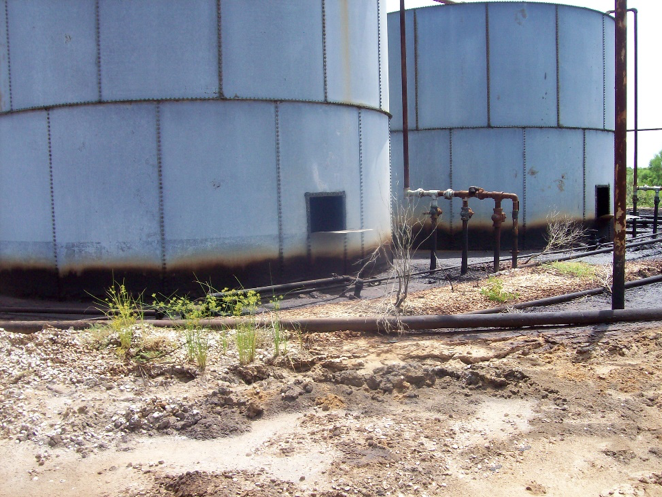Our Services
ASTM Phase I and Phase II ESA
Due Diligence Importance

Oil and gas operations face increasing environmental regulatory burdens, and operators must comply with their complex requirements:
- Enforcement Changes
- Reduction in EPA Enforcement
- Increased Enforcement with State oil & gas commissions
- Replaced by Litigation, Public Relations
- Parties to a transaction should carefully evaluate environmental compliance of assets for sale or transfer and negotiate the allocation of risks that may be present
Due Diligence is the process to determine whether, and the extent to which, oil and gas leases, rights-of-way or easements contain environmental defects, as well as regulatory requirements, and nuisance claims.
Research and analysis that a company performs before engaging in a financial transaction, such as a merger or acquisition, in order to prevent operational and financial bombshells.

Impactful Environmental Insights for the Oil & Gas Sector
Our data and analytics modules provide you with intelligence to rapidly assess the environmental performance of oil and gas assets and companies, streamline benchmarking, improve regulatory compliance, identify highest impact improvement opportunities or inform investment decisions.
